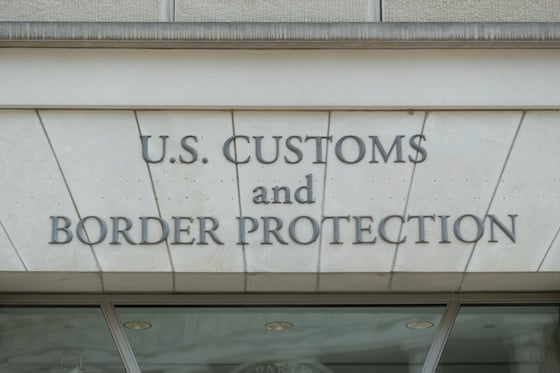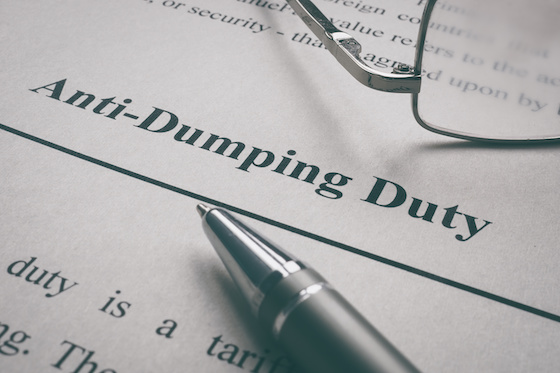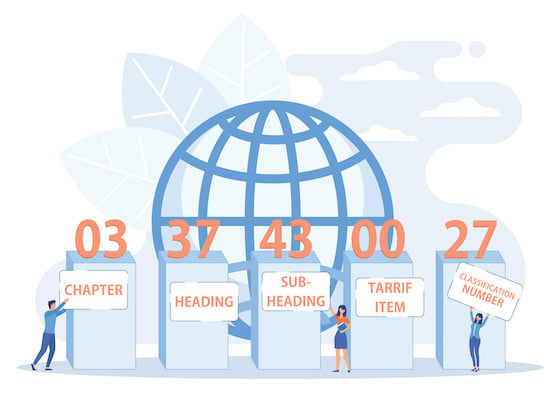On: December 11, 2023 By: Kari Crane
What Is a Certificate of Analysis?
Especially in the pharmaceutical, food and chemical industries, you might need to include a certificate of analysis (COA) with your export documents. Learn who needs one, how to create one and the essential information it should contain—along with the consequences of noncompliance.








